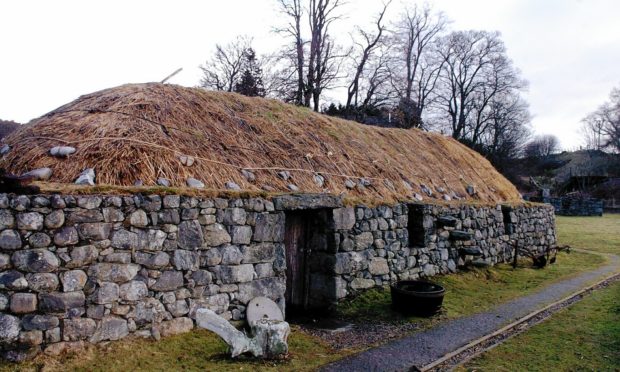A free family-friendly festival has been built around real forestry work at an ancient Newtonmore pinewood this weekend.
Trees are being felled as part of the restoration of an area of ancient woodland at The Highland Folk Museum.
The trees need to be thinned to allow more light in to the forest floor so that native flowers and smaller trees can flourish.
Visitors will be able to watch Tarzan the horse pulling out logs, as trees are felled using traditional crosscut saws and axes.
Forest Fest is a celebration of woodland culture and will also include wood working, arts and crafts, forest foods and storytelling.
The event runs from 11am to 4pm on Saturday and Sunday at The Highland Folk Museum.
Forest Fest is organised by Woodland Trust Scotland, Highland Folk Museum and Cairngorms National Park.
Inspired by European folk museums, the late Isobel Grant founded the Highland Folk Museum in 1935 on the island of Iona, so that “the old setting of our daily life….be saved.”
By 1939 the collection had outgrown its Iona home and was moved for a period of five years to a disused church in Laggan, Inverness-shire.
In 1943 Dr Grant bought a three acre site in Kingussie, and in 1944 the Highland Folk Museum was opened to the public.
It was to provide a home that she called “Am Fasgadh” (the shelter) for her collection. Over the years she developed the site to incorporate three replica buildings, including a Hebredian blackhouse.
These buildings, along with the unique collection of everyday objects, tools and machinery were interpreted in all manner of lifelike settings.
In the early 1980s the Highland Folk Museum, now owned by the Highland Council, acquired an 80 acre site in Newtonmore where an open air, living history site was established.
